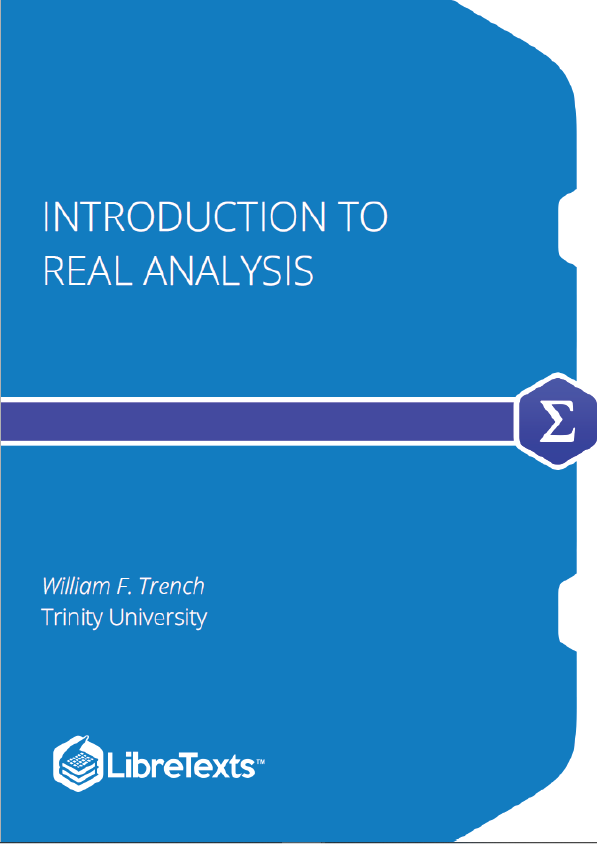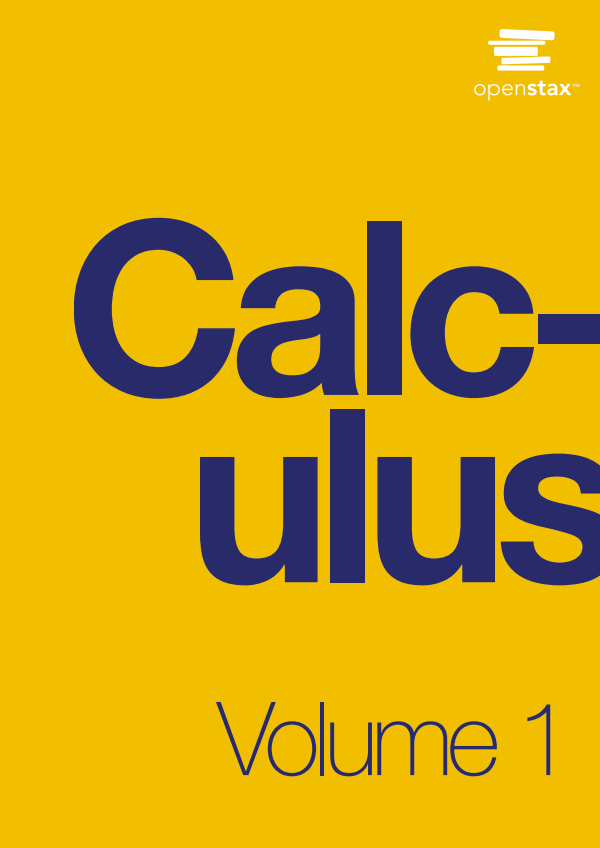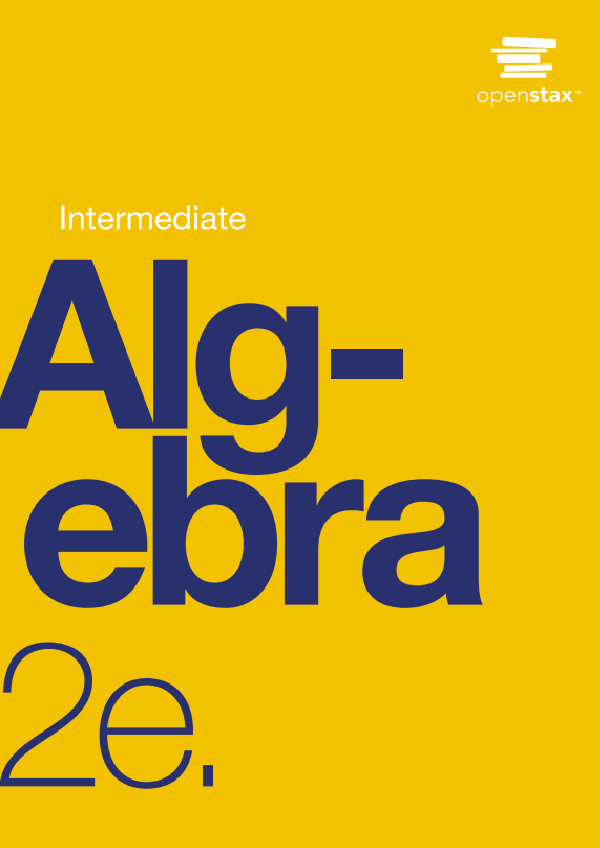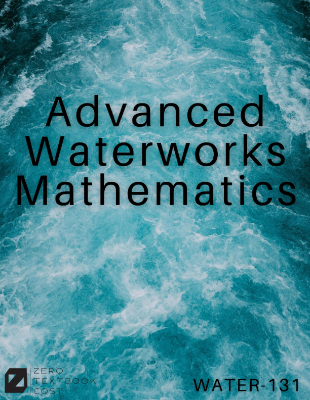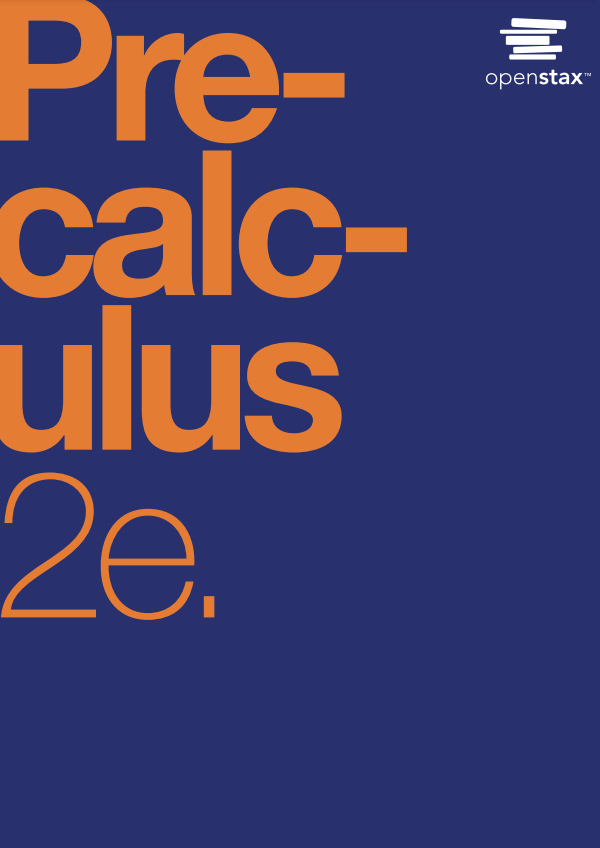This book introduces readers to a rigorous understanding of mathematical analysis and presents challenging math concepts as clearly as possible. This book is intended for those who want to gain an understanding of mathematical analysis and challenging mathematical concepts.
The Real Number System
Having taken calculus, you know a lot about the real number system; however, you probably do not know that all its properties follow from a few basic ones. Although we will not carry out the development of the real number system from these basic properties, it is useful to state them as a starting point for the study of real analysis and also to focus on one property, completeness, that is probably new to you.
Field Properties
The real number system (which we will often call simply the reals) is first of all a set on which the operations of addition and multiplication are defined so that every pair of real numbers has a unique sum and product, both real numbers, with the following properties.
a. (A) a C b D b C a and ab D ba (commutative laws).
b. (B) .a C b/ C c D a C .b C c/ and .ab/c D a.bc/ (associative laws).
c. (C) a.b C c/ D ab C ac (distributive law).
d. (D) There are distinct real numbers 0 and 1 such that a C 0 D a and a1 D a for all a.
e. (E) For each a there is a real number a such that a C .a/ D 0, and if a ¤ 0, there is a real number 1=a such that a.1=a/ D
Functions and Limits
It is important to understand that the definition of a function includes the specification of its domain and that there is a difference between f , the name of the function, and f .x/, the value of f at x. However, strict observance of these points leads to annoying verbosity, such as “the function f with domain .1; 1/ and values f .x/ D x.” We will avoid this in two ways: (1) by agreeing that if a function f is introduced without explicitly defining Df , then Df will be understood to consist of all points x for which the rule defining f .x/ makes sense, and (2) by bearing in mind the distinction between f and f .x/, but not emphasizing it when it would be a nuisance to do so. For example, we will write “consider the function f .x/ D p 1 x 2,” rather than “consider the function f defined on OE1; 1 by f .x/ D p 1 x 2,” or “consider the function g.x/ D 1= sin x,” rather than “consider the function g defined for x ¤ k (k D integer) by g.x/ D 1= sin x.” We will also write f D c (constant) to denote the function f defined by f .x/ D c for all x. Our definition of function is somewhat intuitive, but adequate for our purposes. Moreover, it is the working form of the definition, even if the idea is introduced more rigorously to begin with. For a more precise definition, we first define the Cartesian product X Y of two nonempty sets X and Y to be the set of all ordered pairs .x; y/ such that x 2 X and y 2 Y ; thus, X Y D ˚ .x; y/ ˇ ˇ x 2 X; y
